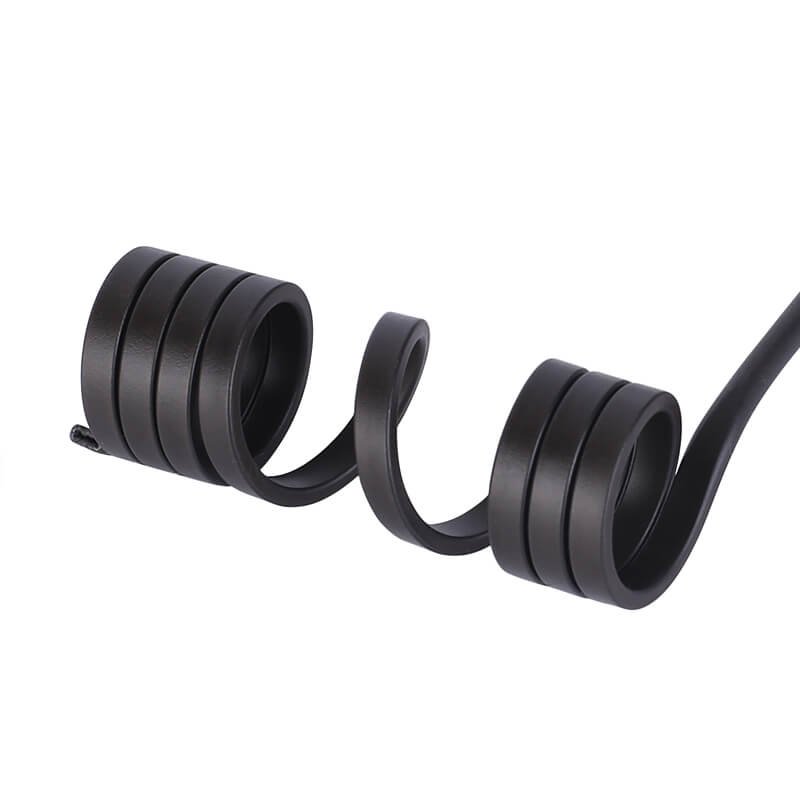Spring Coil Heater | HasteCo

Coil Heater, Also known as cable heaters or hot runner drop heater, which are commonly used as external heaters for hot runner nozzles. These heatersare made in the form of tubular coil heaters with a round or rectangular cross-section. The most popular cross-section is 2.3mm*4.3mm, which has a greater contact area with the nozzle, therefore Thermodynamically is sufficient as heat transfer mainly occurs by conduction instead ofradiation.
Features
- A type J/K thermocouple can also be integrated into some of the large cross-section coil heaters.However,It is recommanded for thermocouple being separeted from the heater, Because The temperature measured and controlled in this way does not correspond to the melt temperature.
- Can be manufactured with longer cold sections to allow higher temperature applications to utilize flexible leads and moisture resistance.
- Available in straight condition and this can be preformed as per requirement but we cannot re‐bend the same.Many of our customers buy straight cable heaters and make subsequent shaping work themselves through equipment. We offer coil heater bending machine and educate them how to bend coil heaters
Specification
Electrical
Voltage: up to 250 V,standard voltage of 230 V as well as low voltage of 3, 5, or 24 V
Power Tolerance (cold): +5%,-10%
High Voltage Flash Test (cold): 800 V (AC) (1000 V AC, 1250 V AC)*
Insulation Restistance (cold): ≥ 5MΩ for 500 V (DC)
Leakage Current (cold): ≤ 0,5 mA for 253 V (AC)
Dimensional
Cross-section:
○:φ1.5,φ1.8,φ2.0,φ3.4,φ3.8,φ4.2
□:3.23.2, 3.63.6, 2.24.2, 2.34.3, 2*4
Maximum Length Straight: max. 2500 mm
Heating Element Length tolerance: ± 5%
Heating Element Diameter tolerance: ± 0,05 mm
Heating Element Unheated Length: Standard 50mm (Minmum 15mm)
Connector Length:30mm
Leads: Standard 1000mm, PTFE insulation, permanent temperature resistant up to 260 °C
Thermocouple: In-built J/K type thermocouple
For coil shape cable heaters, The inside diameter would be approx. 0.2mm smaller than the nozzle body to avoid the deformation because of heat expansion